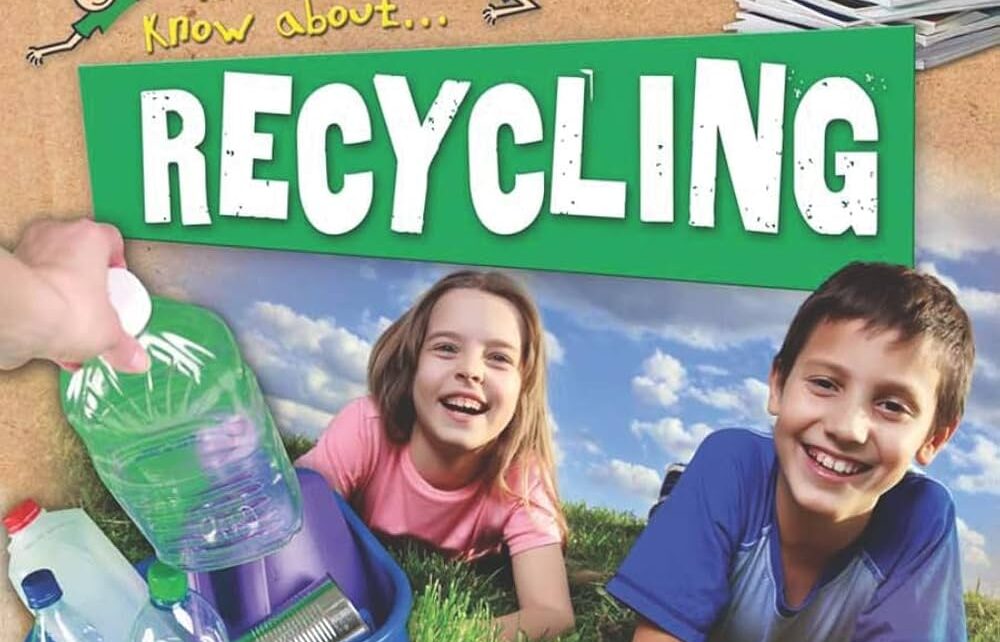Low-density polyethylene (LDPE) is a widely used plastic known for its flexibility, durability, and lightweight properties. It is commonly found in packaging materials, plastic bags, shrink wraps, and containers. Despite its versatility, improper disposal of LDPE contributes significantly to plastic pollution, threatening ecosystems and the environment. recycle LDPE is a critical step toward sustainable plastic management, reducing waste, conserving resources, and promoting a circular economy.
Understanding LDPE and Its Applications
LDPE is a thermoplastic polymer characterized by its low density and high flexibility. It is resistant to moisture and chemicals, making it ideal for packaging, grocery bags, food wraps, and industrial applications. While its durability makes it useful in daily life, it also means LDPE can persist in the environment for decades if not properly managed. By recycling LDPE, these materials can be reprocessed and repurposed, extending their life cycle and reducing environmental impact.
The Importance of LDPE Recycling
Recycling LDPE is essential for environmental sustainability. Plastic production relies heavily on petroleum, a non-renewable resource. By recycling LDPE, the demand for virgin plastic decreases, conserving natural resources and lowering greenhouse gas emissions. Recycling also prevents LDPE from entering landfills, oceans, and natural habitats, reducing pollution and protecting wildlife. Additionally, repurposed LDPE can be used to manufacture new products, demonstrating the material’s value beyond its initial use.
The LDPE Recycling Process
The process of recycling LDPE begins with collection and sorting. LDPE waste is gathered from homes, businesses, and industrial sources and separated from other types of plastics. This step ensures that the recycling process produces high-quality material. The collected LDPE is then cleaned to remove contaminants, such as food residue, adhesives, or dirt. After cleaning, the material is shredded into small flakes or pellets and melted down to create new products. Recycled LDPE can be used for making items like trash bags, floor tiles, construction materials, and packaging films, contributing to a sustainable cycle of plastic use.
Environmental Benefits of Recycling LDPE
Recycling LDPE offers significant environmental advantages. It reduces plastic pollution, keeps waste out of landfills and waterways, and minimizes the negative impact on marine and terrestrial ecosystems. Recycling LDPE also lowers the carbon footprint associated with producing new plastic from raw materials, conserving energy and reducing emissions. These benefits make LDPE recycling an essential practice for communities and industries committed to sustainability.
Economic Advantages
LDPE recycling provides economic benefits as well. Recycled plastic serves as a cost-effective raw material for manufacturers, reducing production costs. Businesses can also use recycled LDPE to create eco-friendly products that appeal to environmentally conscious consumers. Additionally, recycling programs create job opportunities in collection, sorting, processing, and manufacturing sectors, supporting local economies while promoting sustainable practices.
Challenges in LDPE Recycling
While LDPE recycling is beneficial, it faces certain challenges. Contamination from other materials, improper disposal, and limited recycling infrastructure can reduce the quality and efficiency of the recycling process. Public awareness about LDPE recycling is also a critical factor. Addressing these challenges requires improved waste collection systems, consumer education, and investment in advanced recycling technologies capable of handling mixed or contaminated plastics efficiently.
Sustainable Practices for Effective Recycling
Adopting sustainable practices enhances LDPE recycling efforts. Consumers can participate by properly segregating LDPE products from other waste and using designated collection points. Businesses can support recycling initiatives by incorporating recycled LDPE into their packaging and products. Governments and organizations can promote awareness campaigns, incentivize recycling programs, and develop technologies that increase recycling efficiency. Collaborative efforts among individuals, communities, and industries are key to achieving meaningful results.
Recycling LDPE is a crucial step in reducing plastic pollution and promoting sustainable resource management. Through proper collection, cleaning, and processing, discarded LDPE can be transformed into new, useful products, conserving resources and minimizing environmental impact. By embracing responsible recycling practices, communities and industries can contribute to a cleaner, greener, and more sustainable future.

